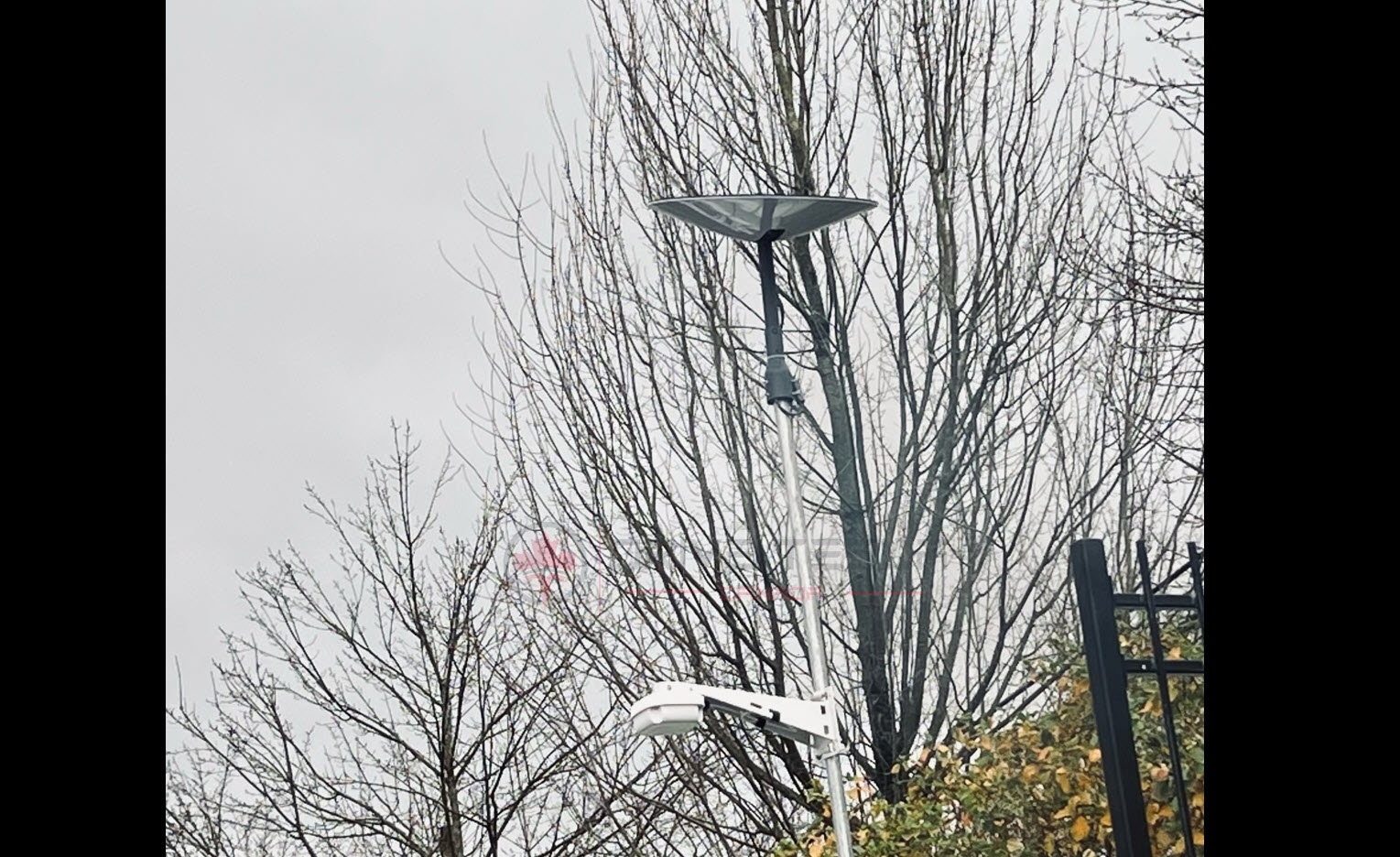MC3OZ
Active Member
I've been taking a keen interest in the Lithium clay extraction process, because it may be more important than many realise, not for 2022, but for 3 TWh by 2030.1. It's been a while since I heard anything about Tesla's Austin lithium refinery, or the new NC lithium mine to be developed by an Australian company that has a contract with Tesla; or mining lithium salt in NV. Has there been any info I may have missed?
2. People assume that because OEM's and battery manufacturers talk less than Tesla about their plans that they're nowhere. GM and LG might be way behind Tesla in development of battery technology, but I don't think we know that.
I also haven't seen any update on the project.





